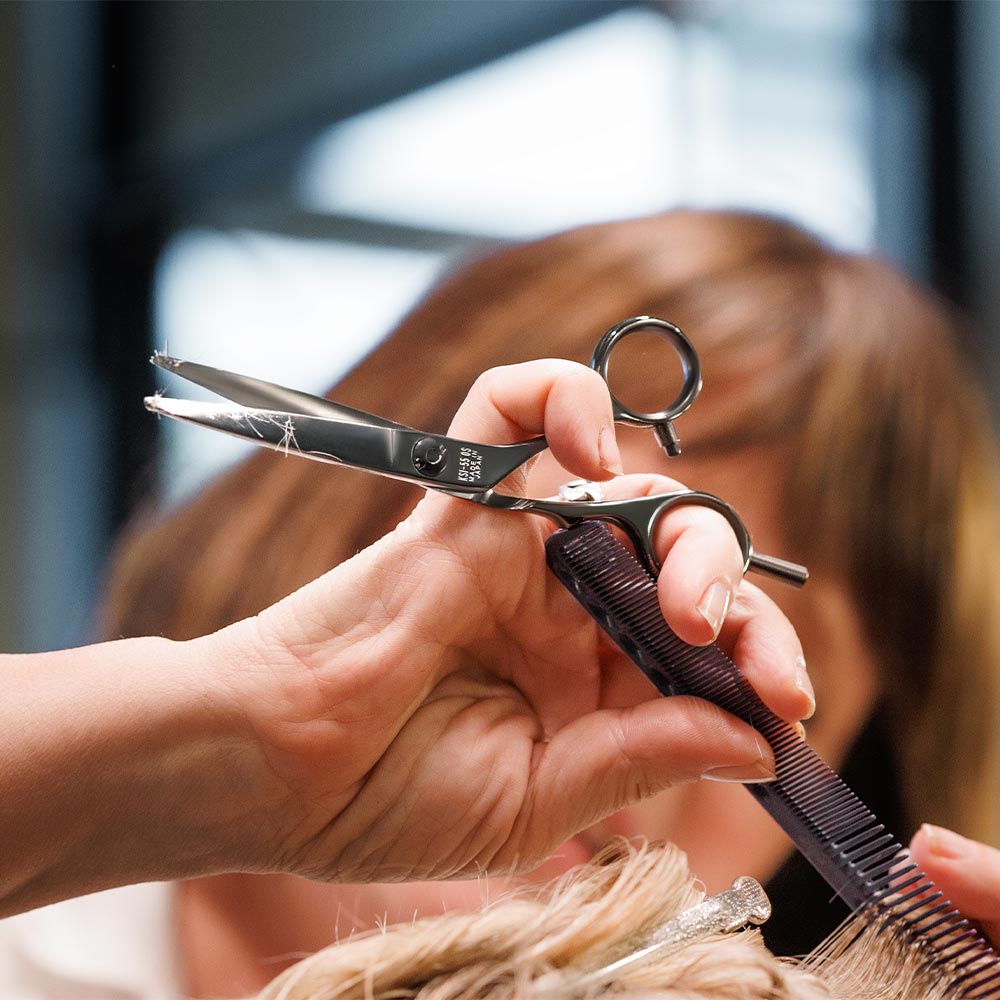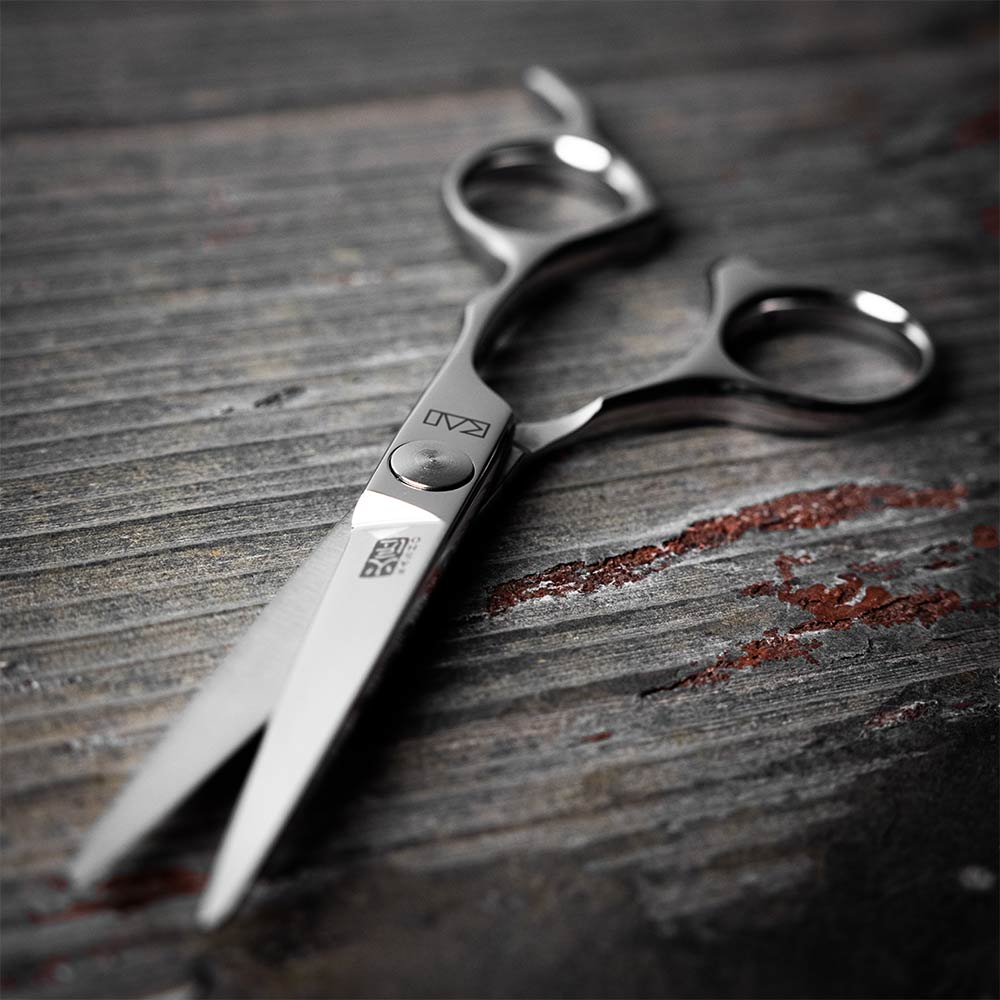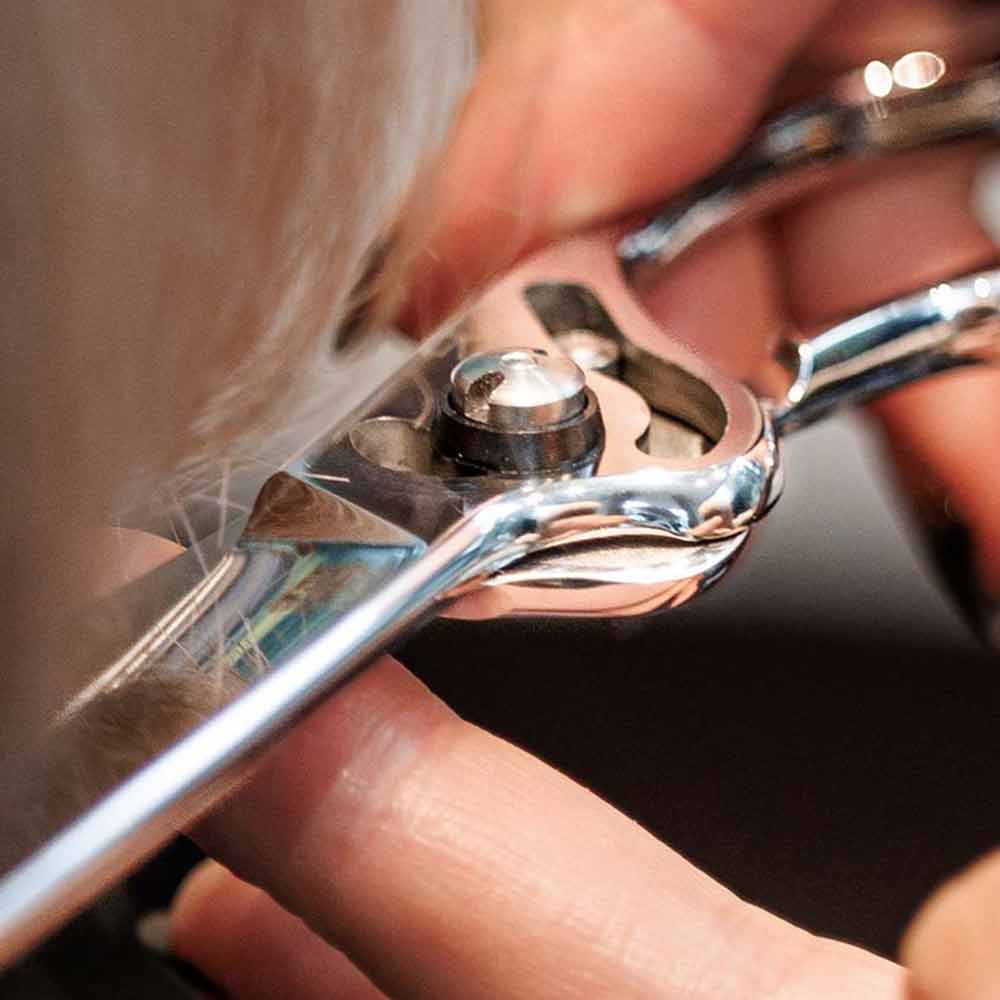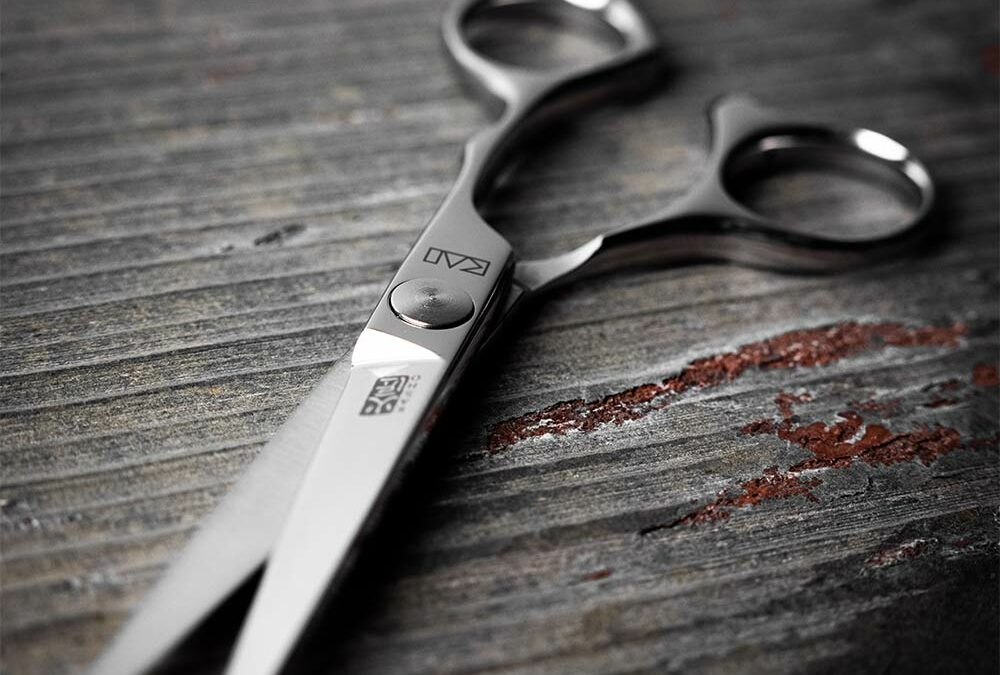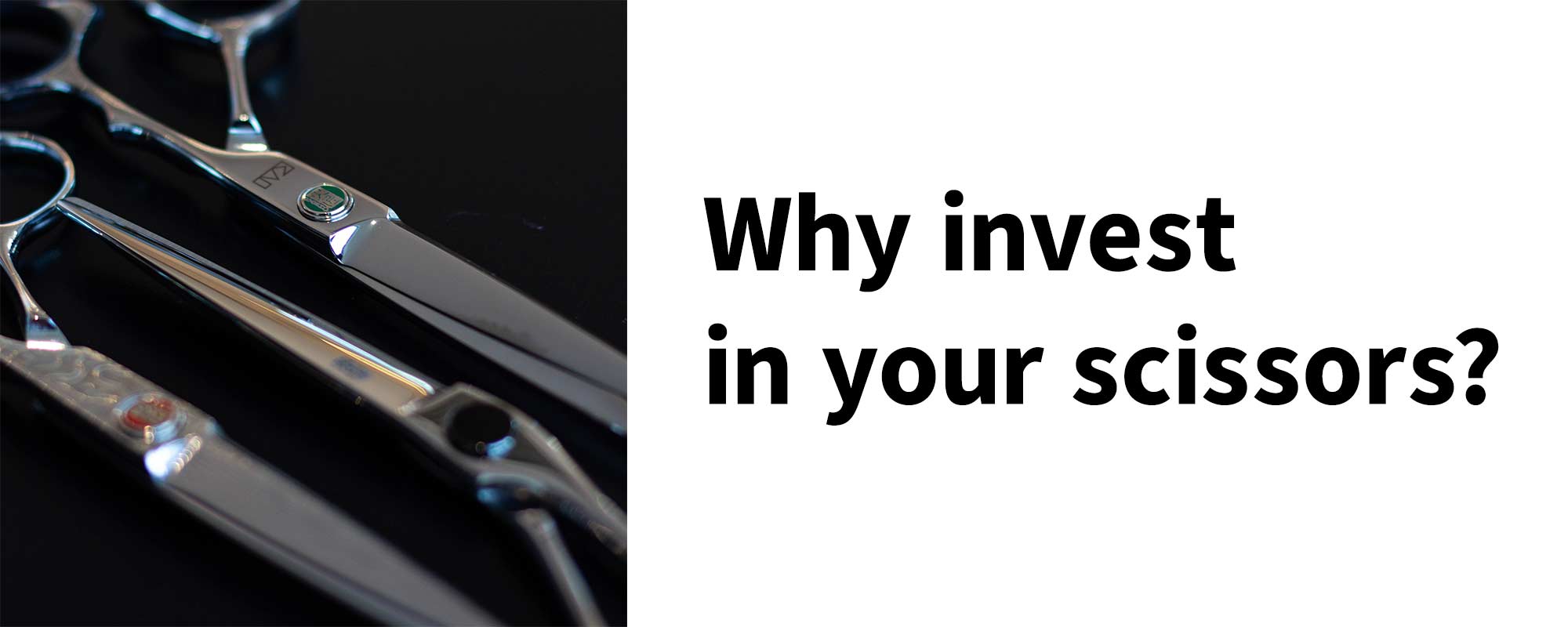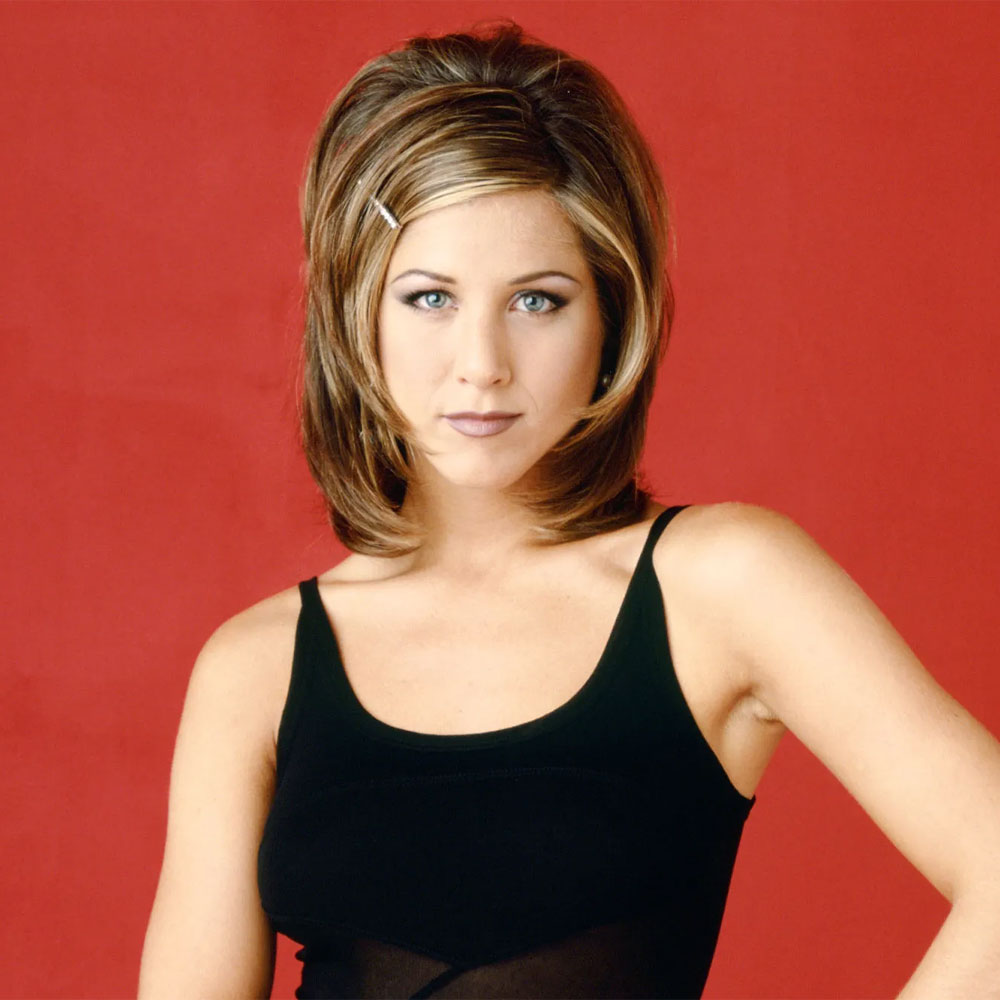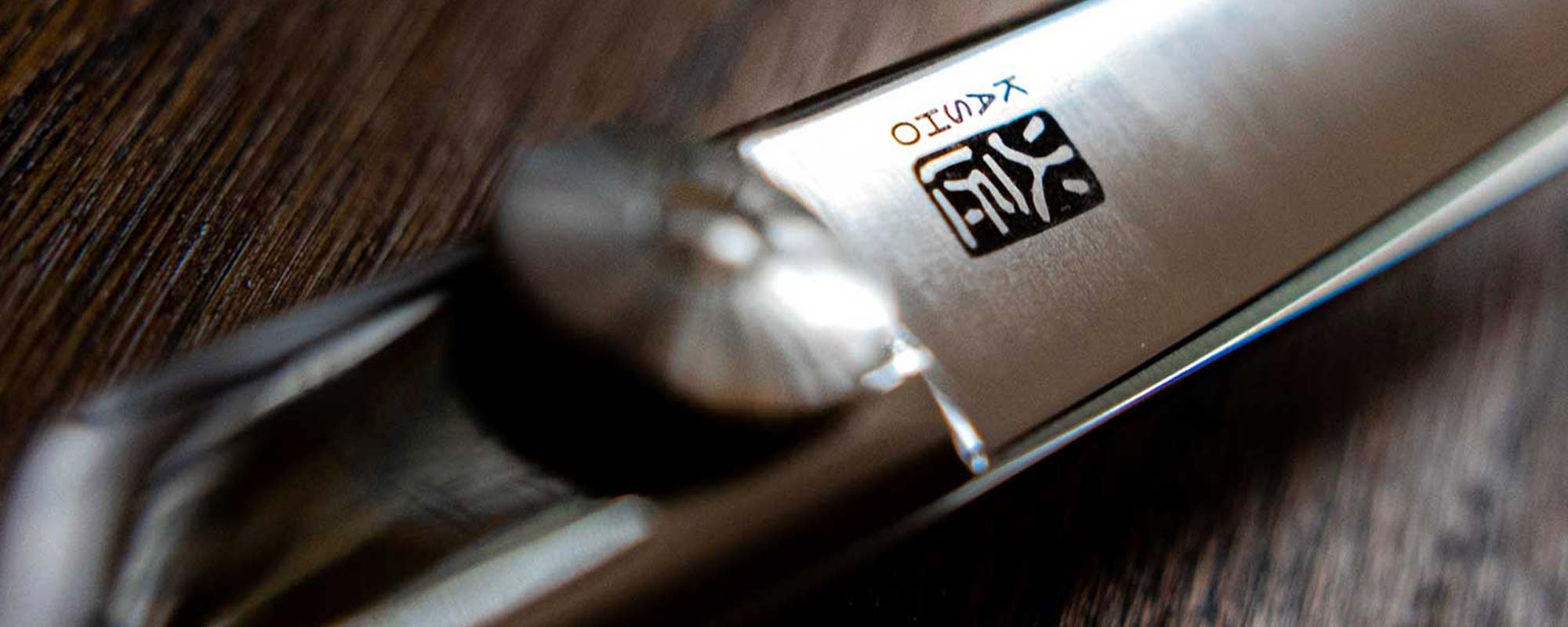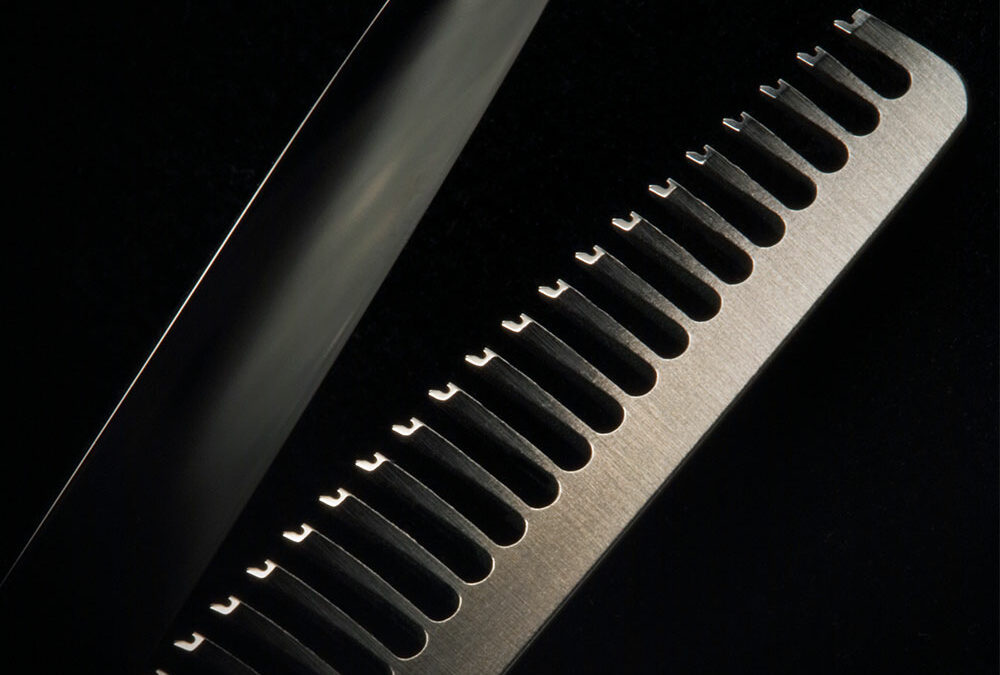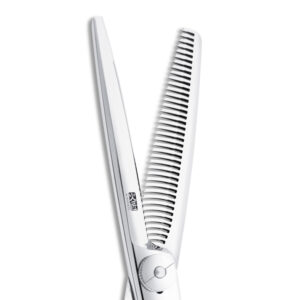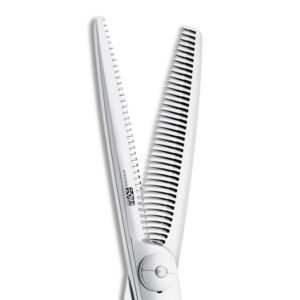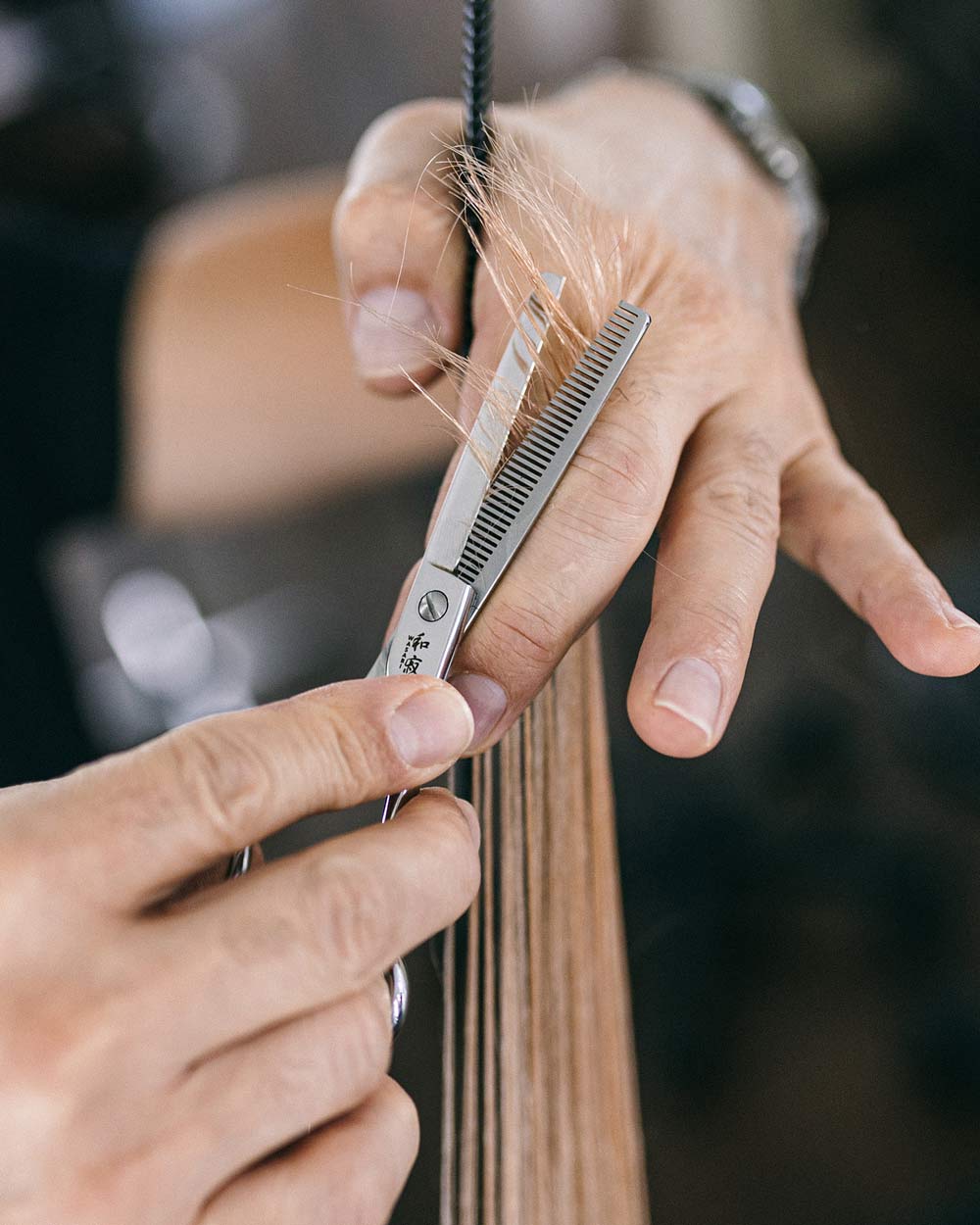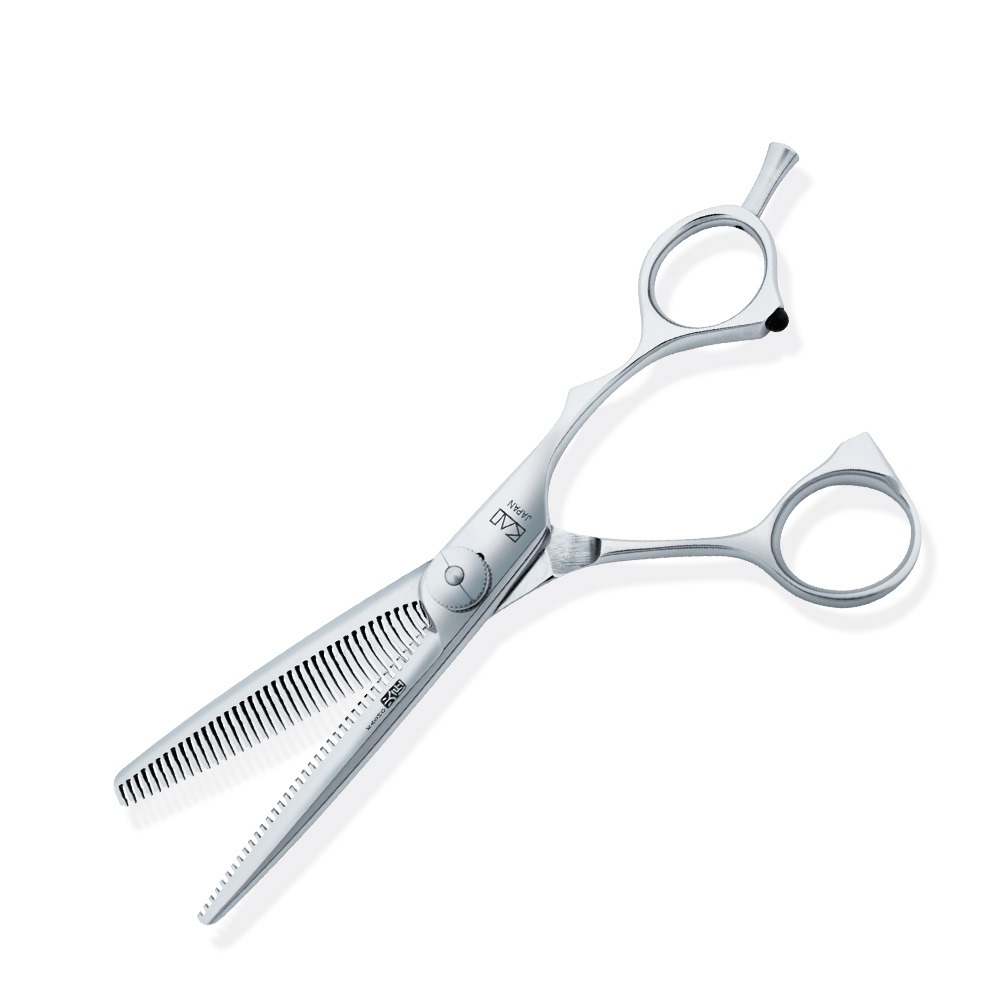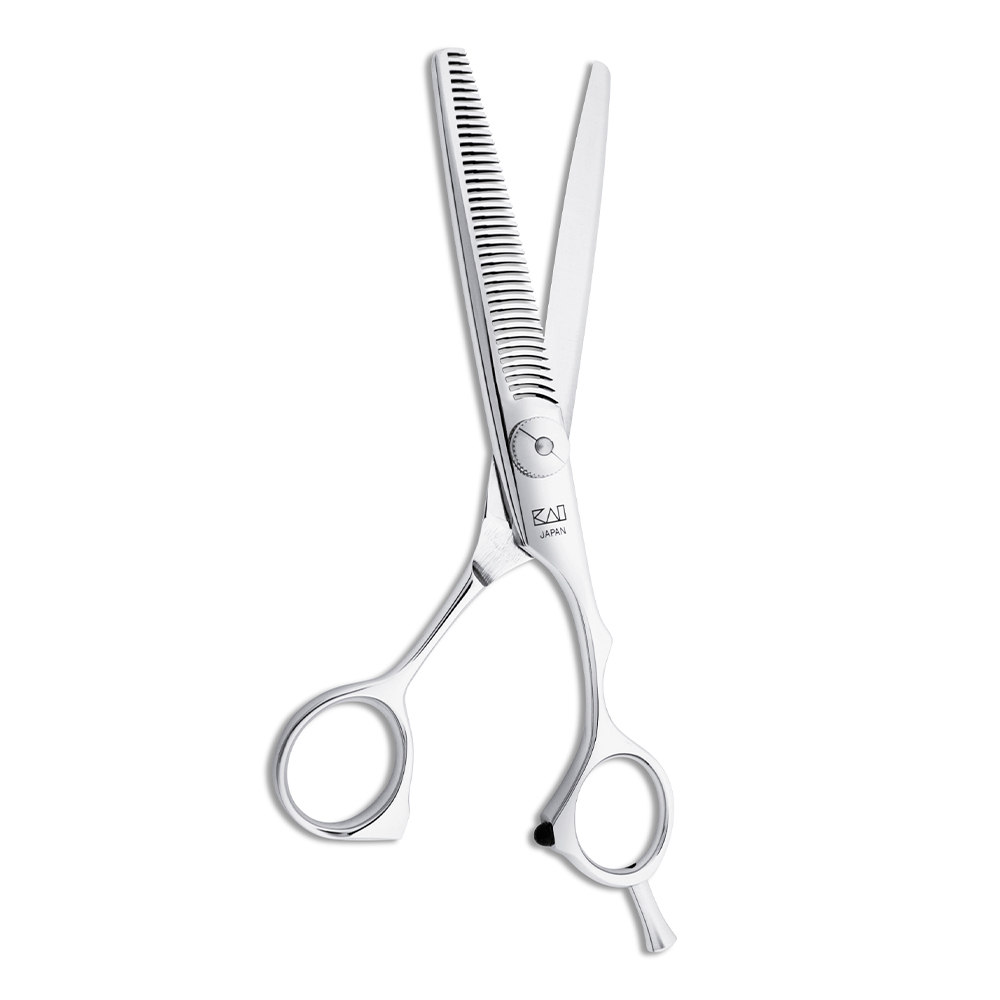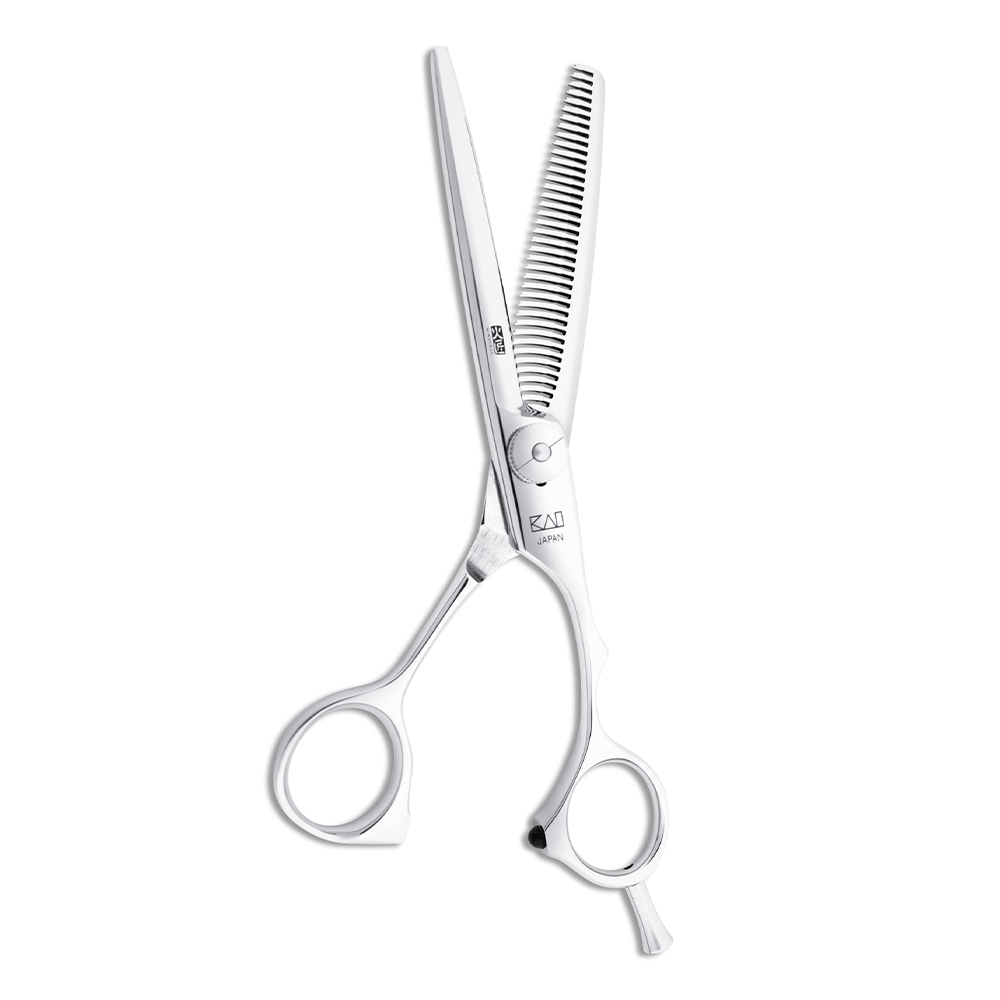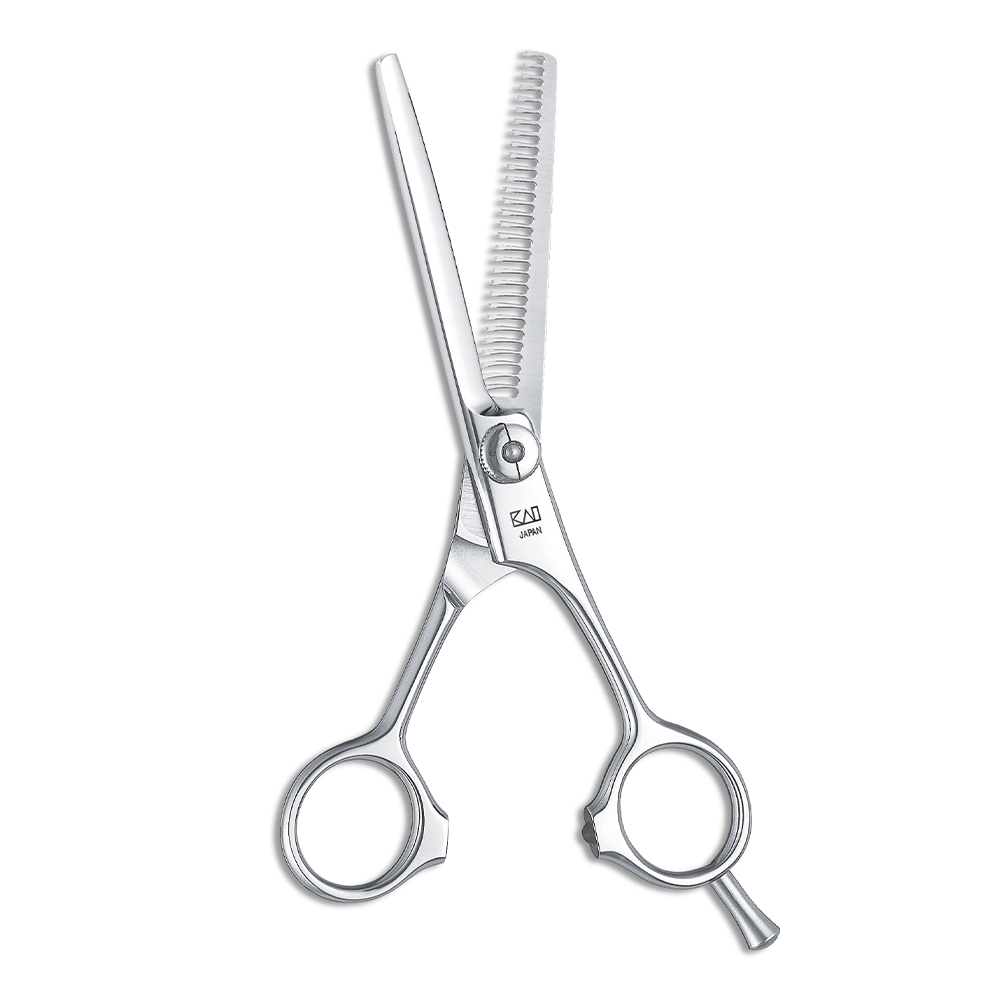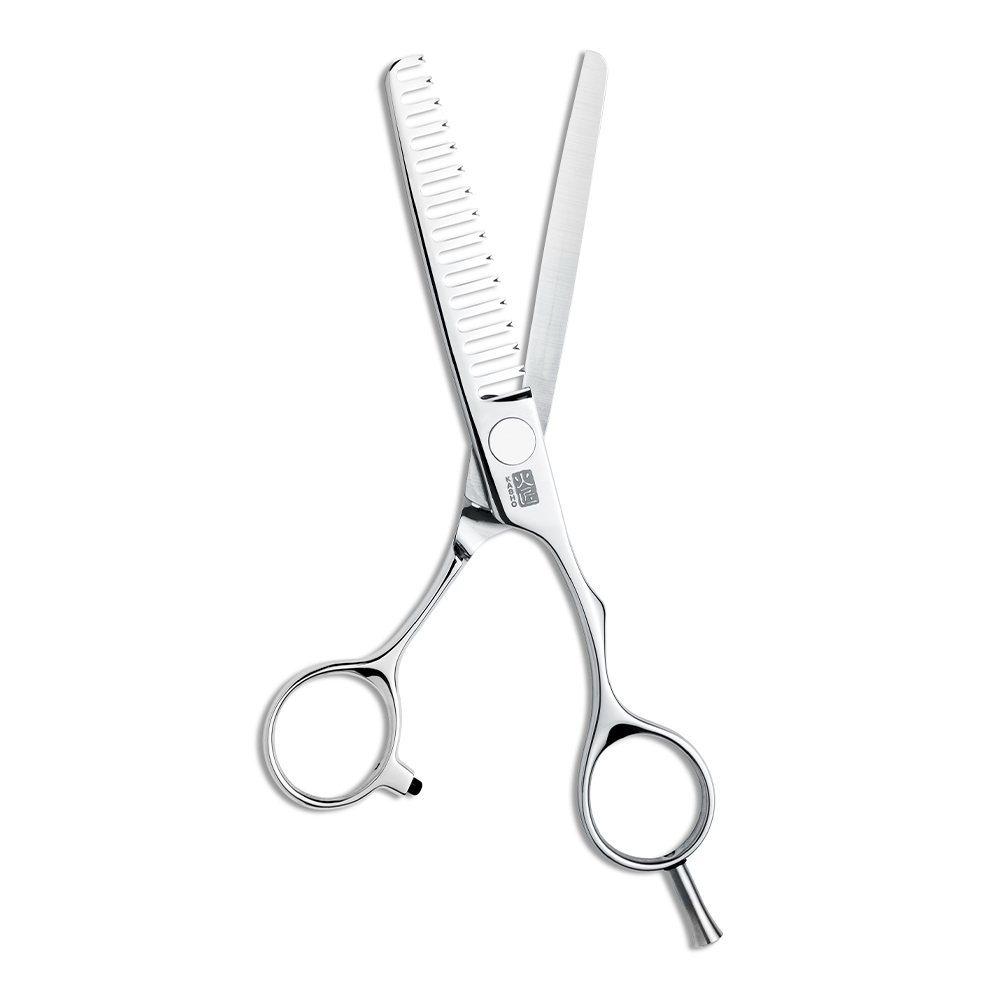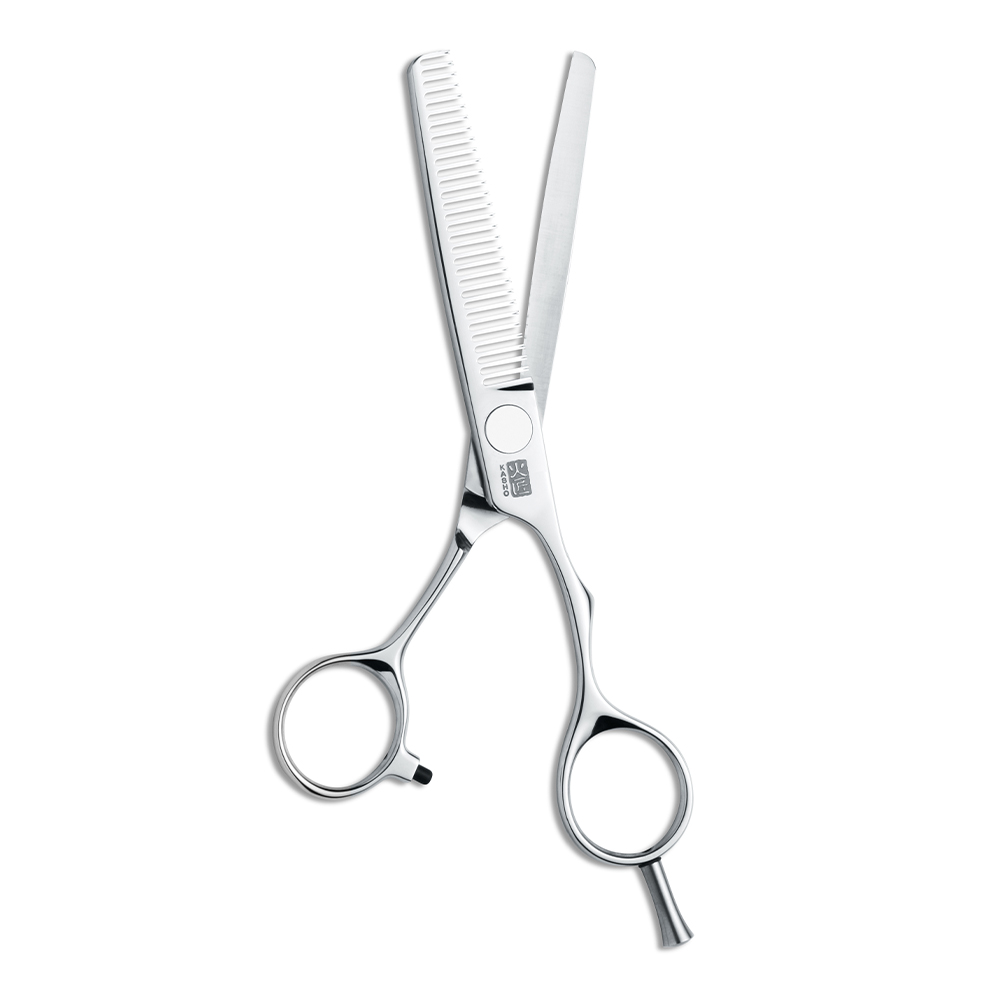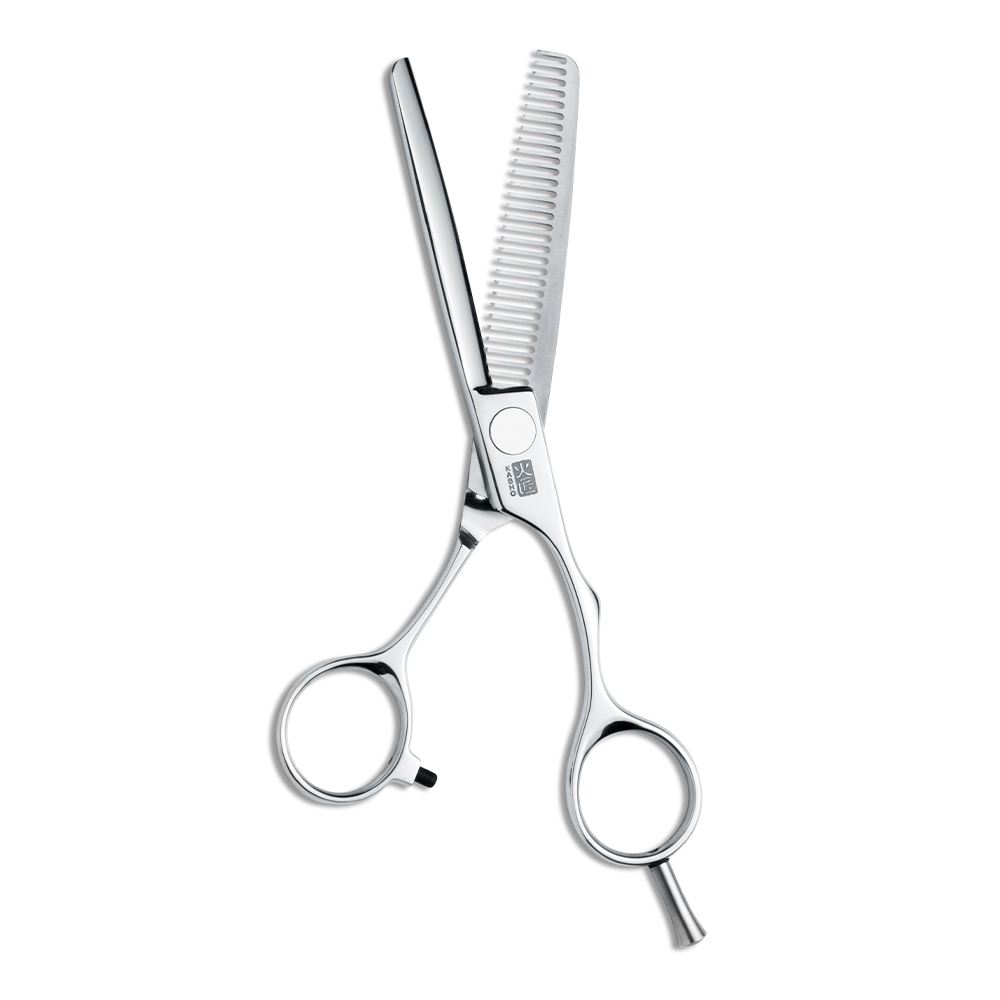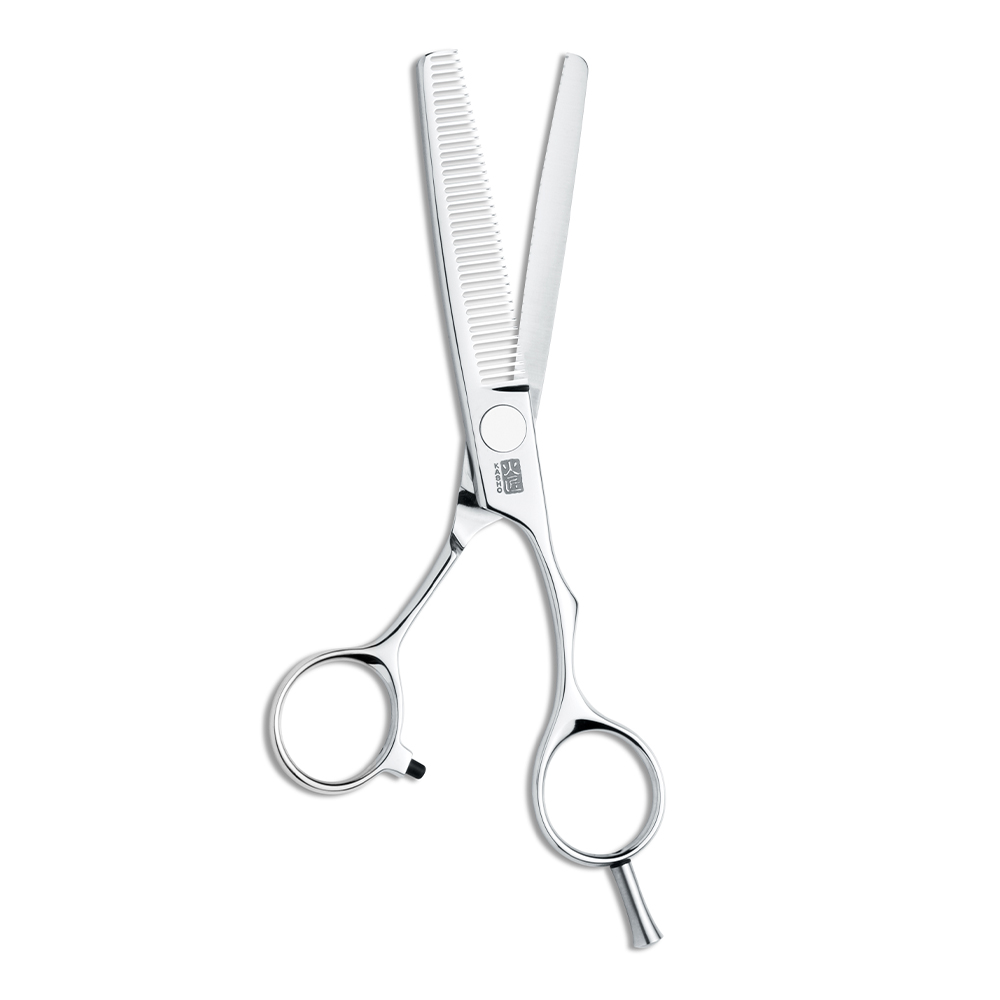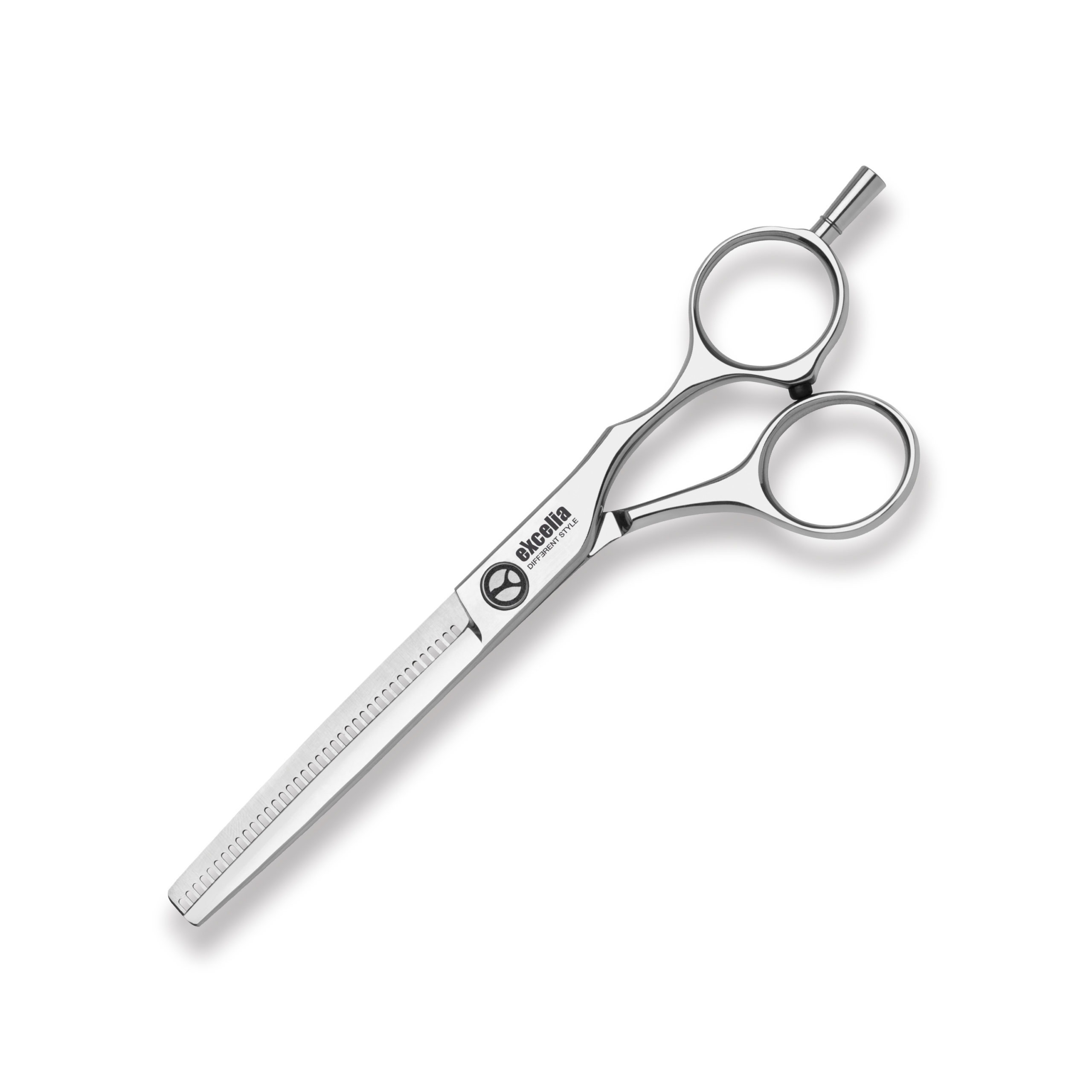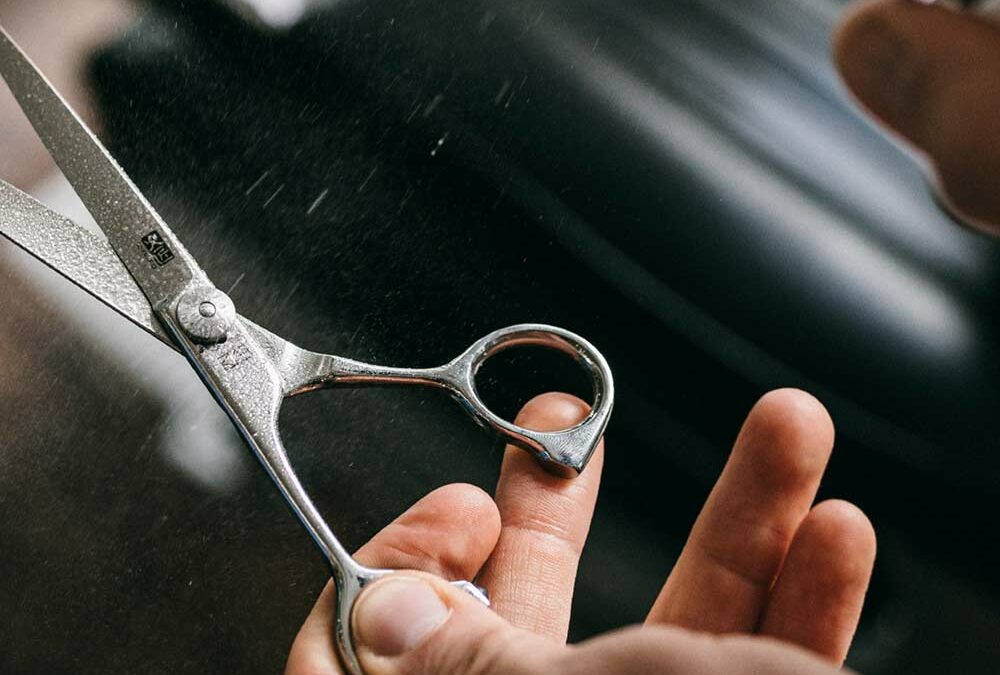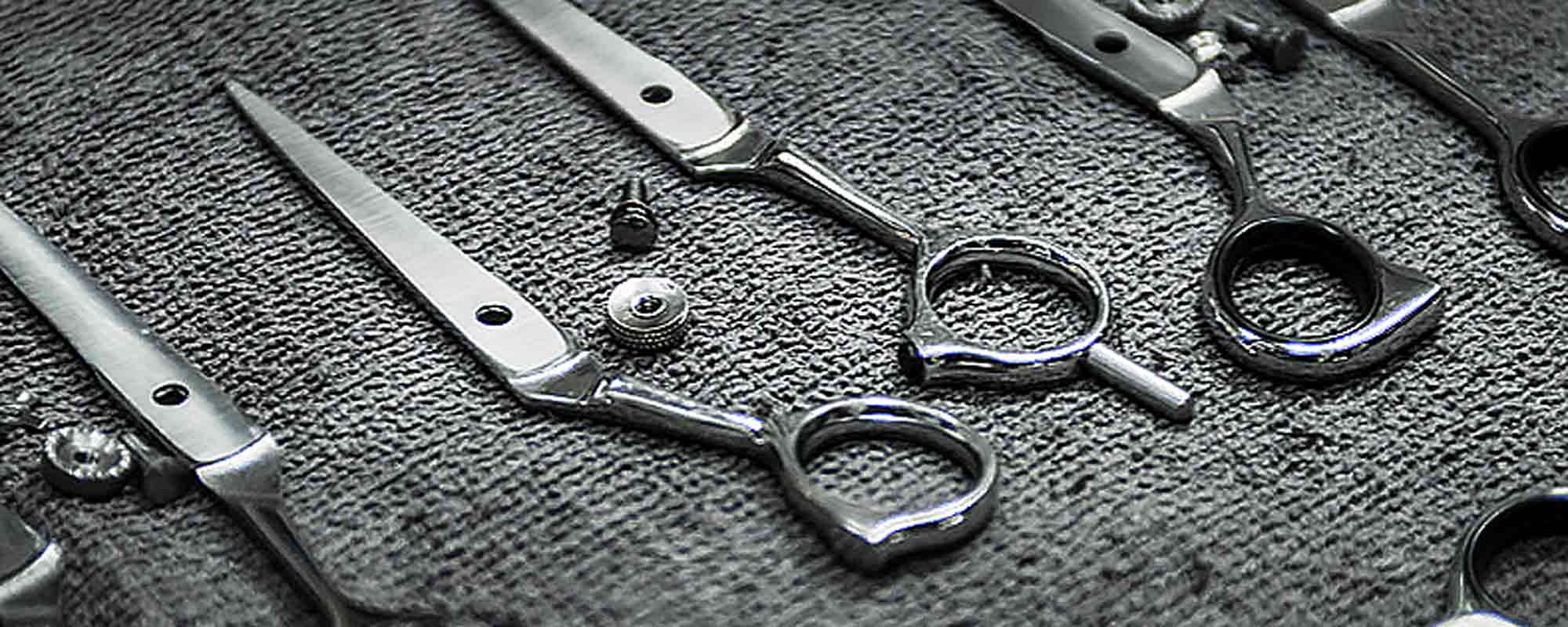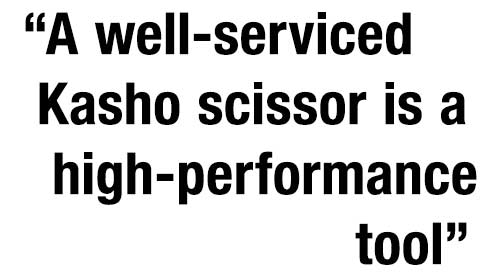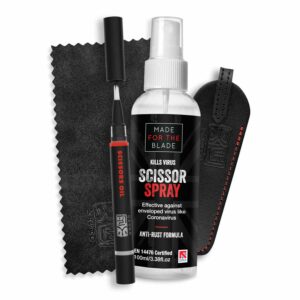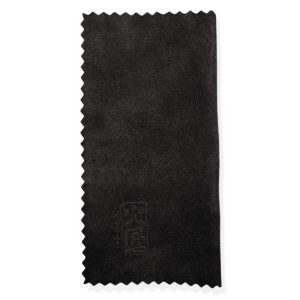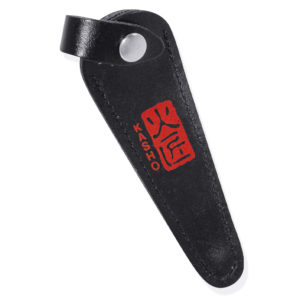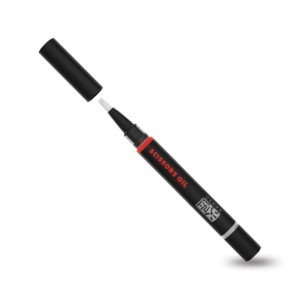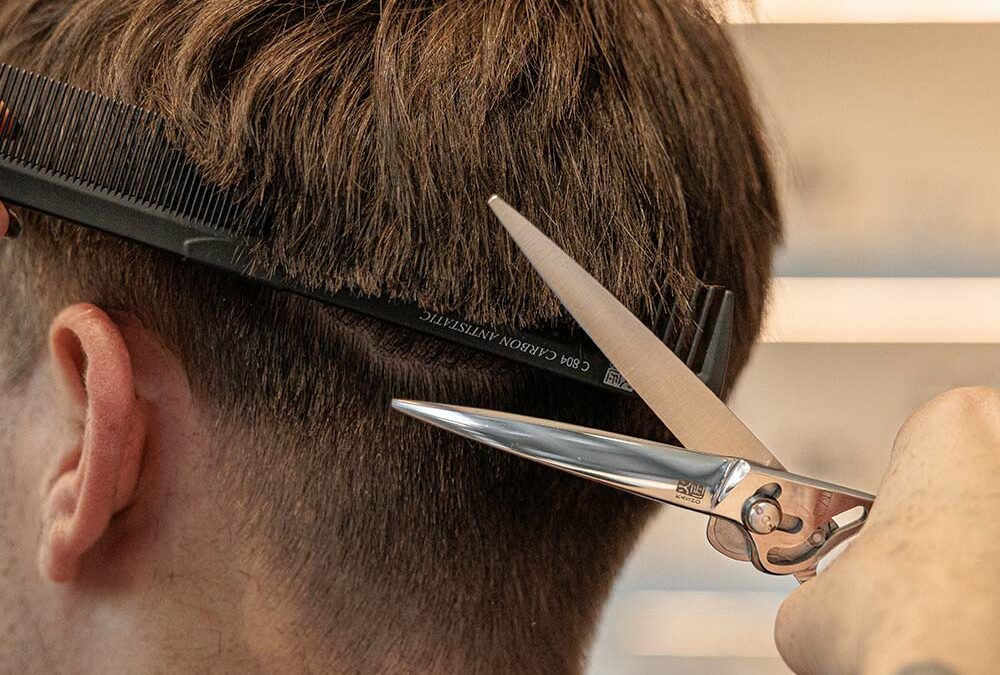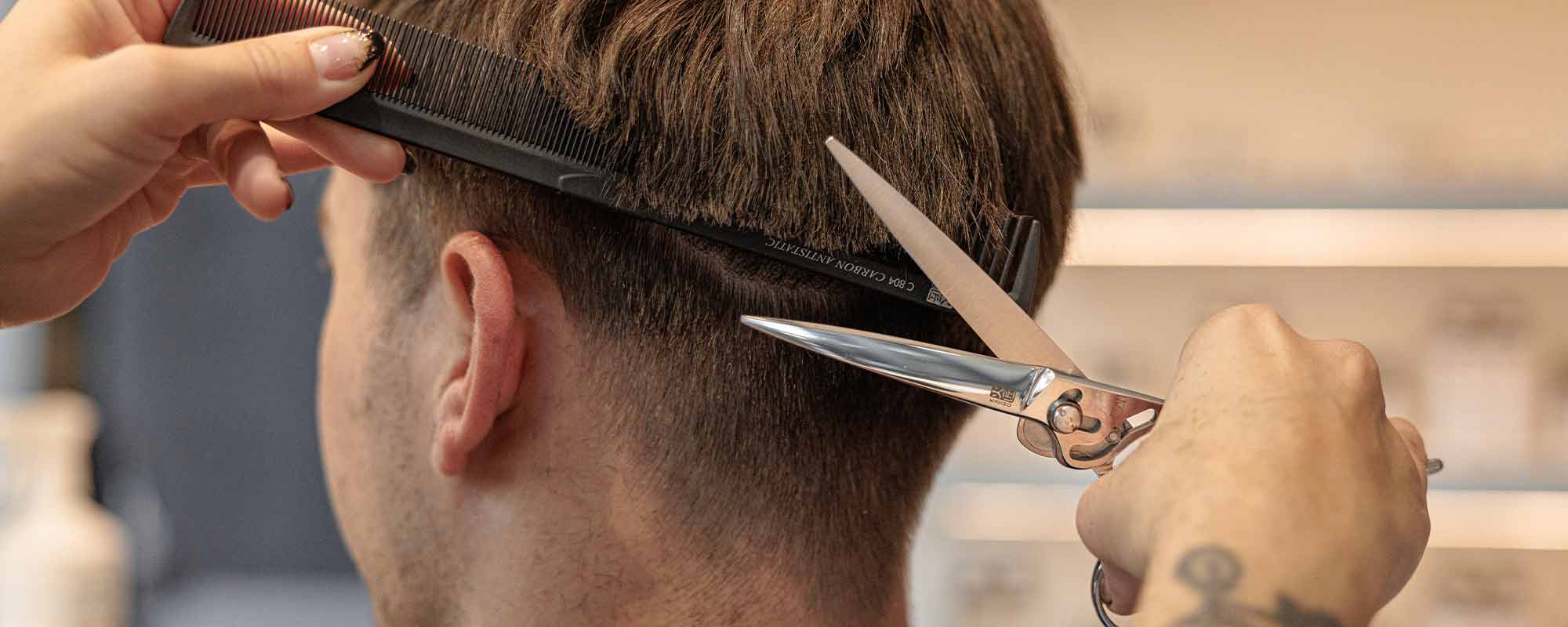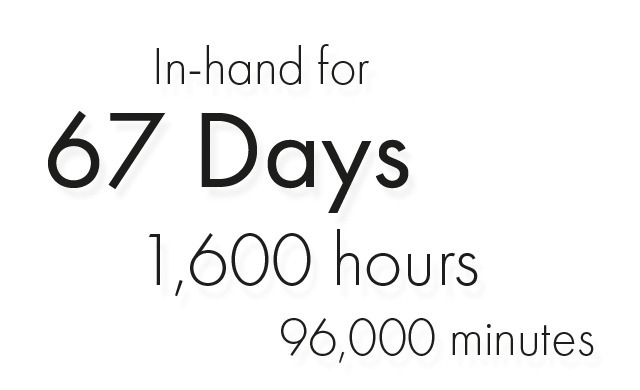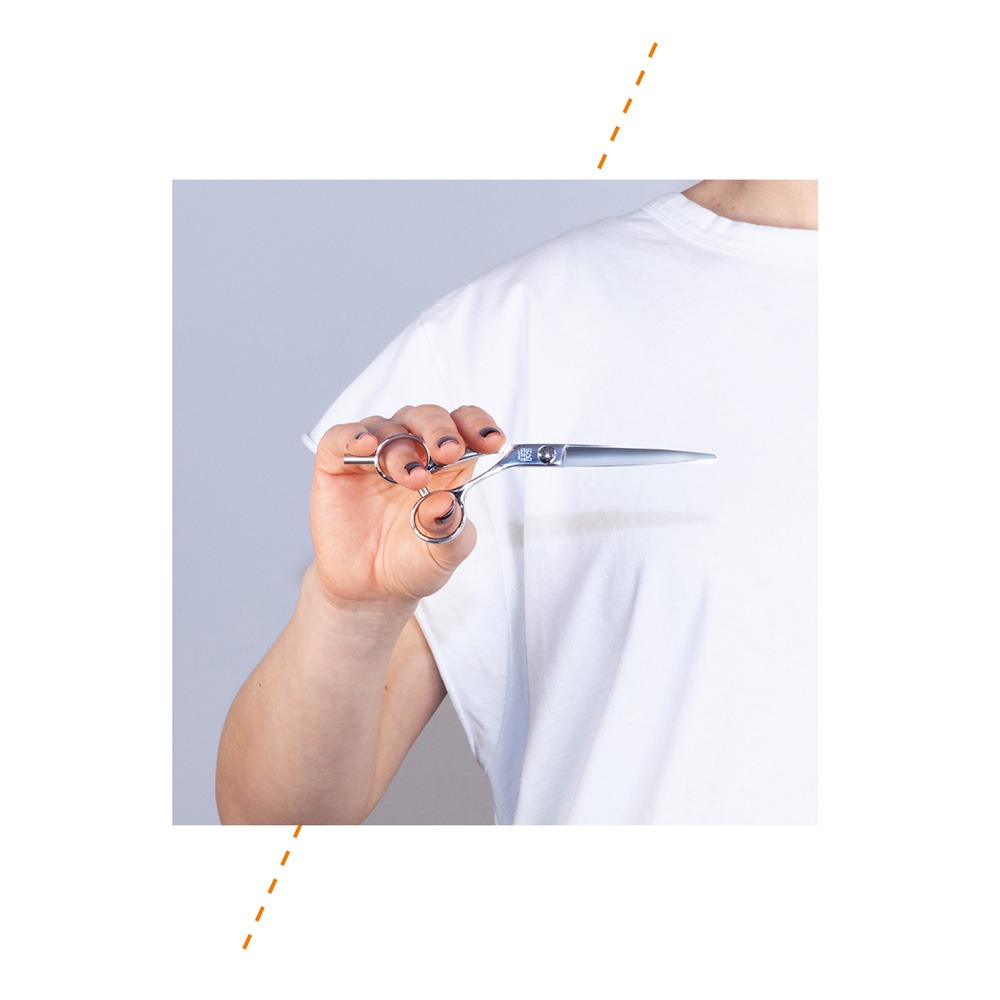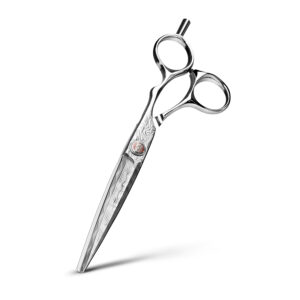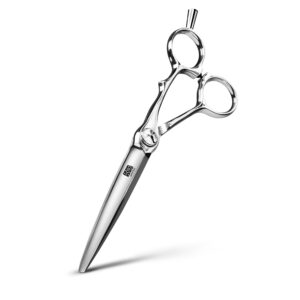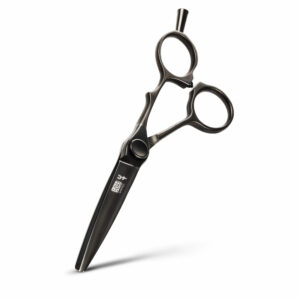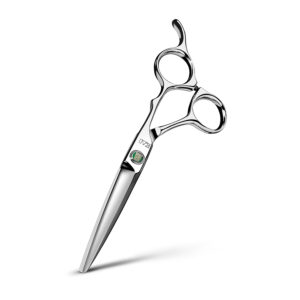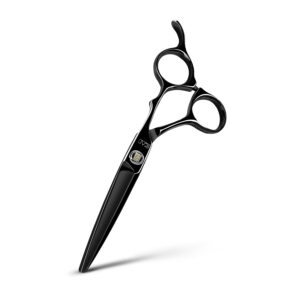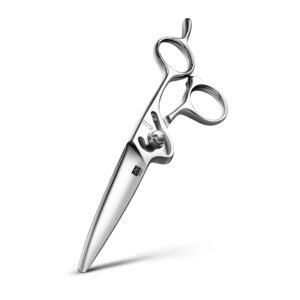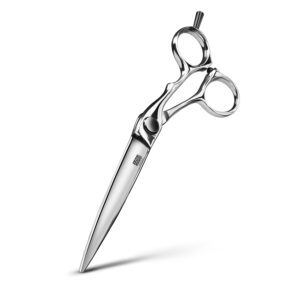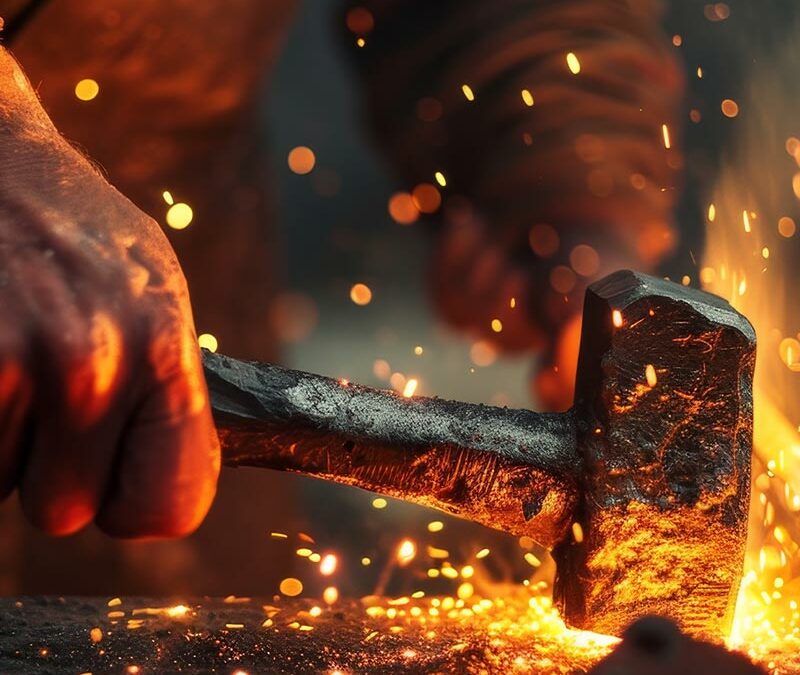
Why We Stick With Tradition

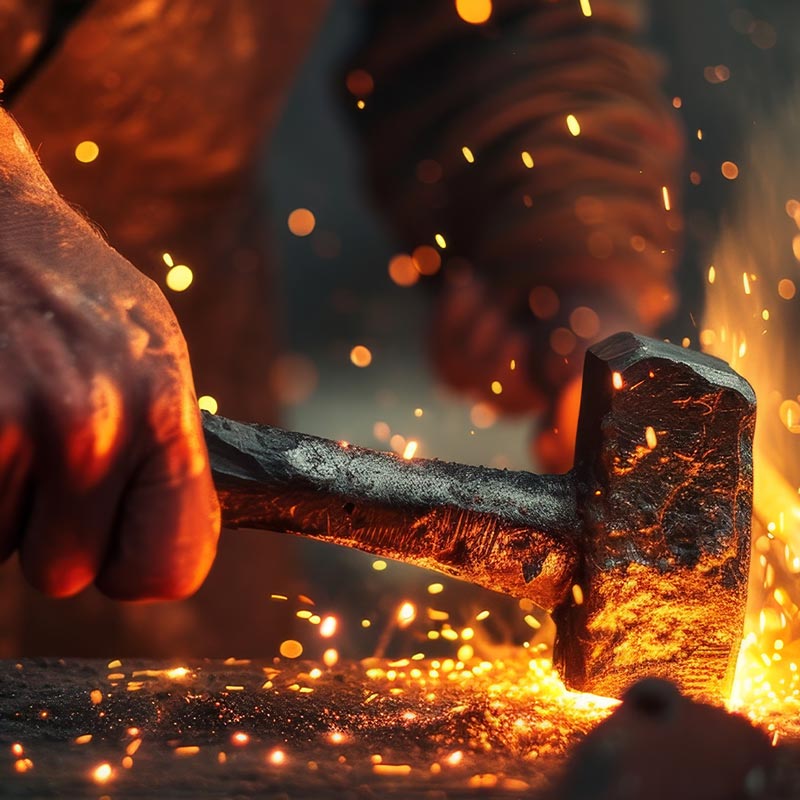
WHY WE STICK WITH TRADITION
Choosing the right pair of scissors is key to the kind of results you can achieve behind the chair, and when it comes to Kasho scissors, every detail is crafted with a purpose. There’s a lot that goes into creating these high-quality tools, and understanding the production methods—particularly drop forging versus CNC machining—can shed some light on why we put our full trust in one over the other.
The Legacy of Drop Forging: Built to Last
Drop forging is one of the oldest and strongest metalworking methods out there. Imagine a heated piece of metal being shaped under intense pressure by a heavy hammer—this is drop forging. It compresses the metal grains, aligning them to create an incredibly tough and dense structure. This means that drop-forged scissors can take the daily grind of salon life without losing their edge. In fact, the process is so reliable that the strength, durability, and balance it achieves make these scissors a favourite among pros who need tools they can count on day in, day out.
At Kasho, we embrace this traditional craft wholeheartedly. Drop forging aligns with the Japanese heritage of precision and craftsmanship, resulting in scissors that offer lasting sharpness and performance. This process takes a little longer and requires serious skill, but we believe the quality speaks for itself.
WHY DROP FORGING?
STRENGTH & QUALITY The aligned metal grains make for a far stronger, more resilient scissor.
BALANCE Each pair is crafted with uniformity in mind, giving you the perfect feel and control in hand.
TRADITION Not just about strength but about preserving the artistry and dedication that Kasho is known for.
LONGEVITY Greater longevity because the forging process aligns and compresses the metal’s grain structure
SHARPNESS Enhances sharpness by creating a finer, more durable edge that maintains its precision far longer
CNC Machining: Precision, But at a Cost
CNC (Computer Numerical Control) machining, on the other hand, is the more modern approach. Here, a computer-guided machine carves each part of the scissor from a single piece of metal. CNC machining is affordable, quick, and good for achieving consistent shapes and fine details, but it’s just not built to deliver the same durability as drop forging. While CNC tools may look and feel precise, they don’t have that dense, aligned metal grain that gives drop-forged scissors their unbeatable resilience and longevity.
So, while CNC tools have their place in manufacturing mass-market tools, at Kasho, we’re all about quality and durability. That’s why we stick to drop forging—to ensure our scissors have the strength to go the distance and deliver unparalleled sharpness.
Kasho’s Choice: Drop Forging for Quality You Can Trust
For us, crafting scissors isn’t just about getting the job done; it’s about creating a tool that feels like an extension of your artistry. By using the drop-forging process, we ensure that every pair of Kasho scissors is built to last, delivering strength, balance, and unmatched quality. It’s a commitment to both tradition and the hairdressers who rely on us to support their craft.
When you choose Kasho, you’re choosing scissors with a legacy of craftsmanship, a dedication to excellence, and a promise of longevity. Drop forging may take a bit more time and skill, but for us and for stylists around the world, it’s more than worth it.
CHECK OUT MORE ARTICLES
- All
- BUSINESS TIPS
- CREATIVE INSIGHTS
- HAIRCARE
- HEALTH & WELLBEING
- INDUSTRY NEWS
- PROFILES
- TOOL TIPS





